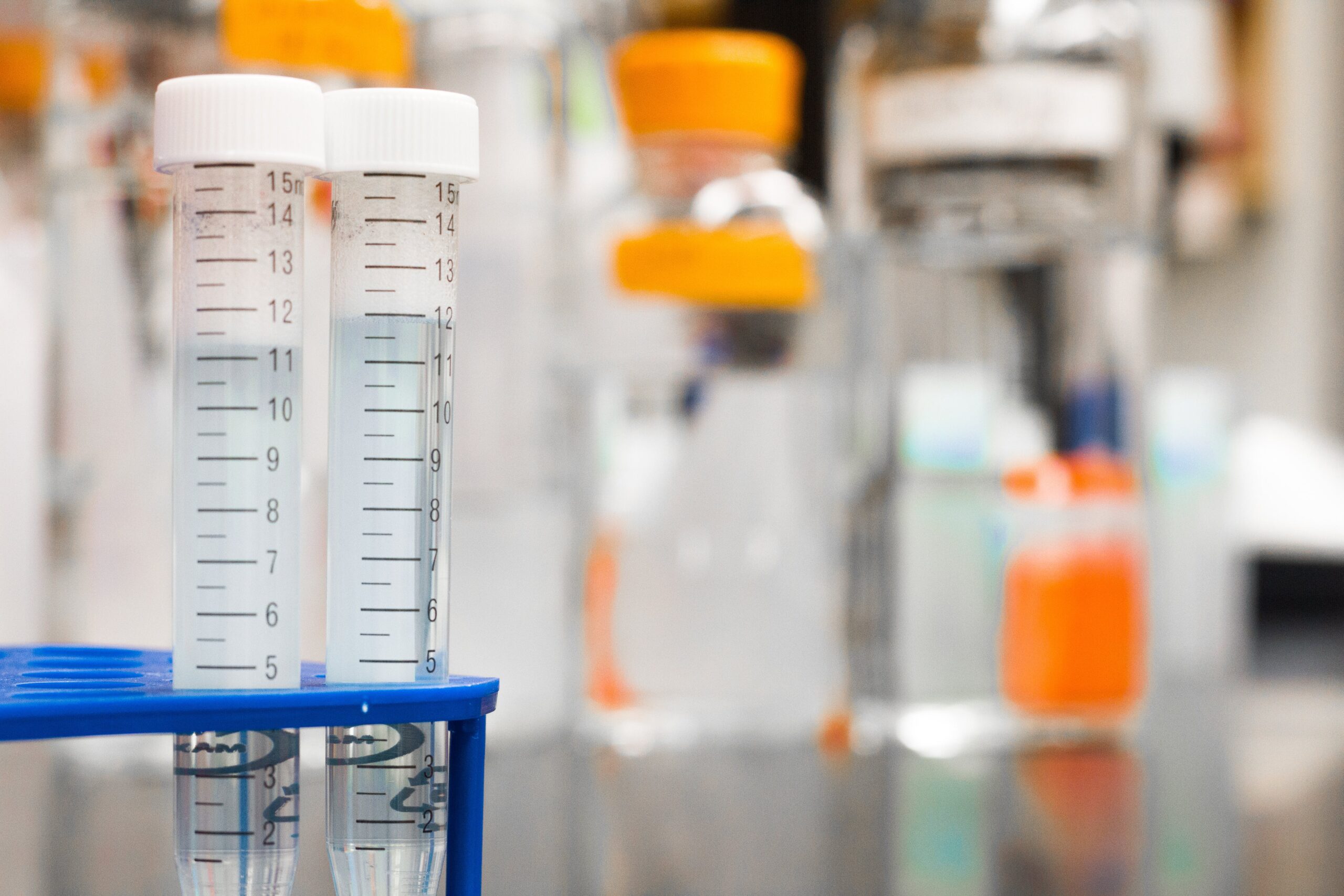20 December 2023

The Key Players
Today, there is a race on for pharma giants to acquire intellectual property and ownership of leading pharmaceutical and biotechnological innovators. In this way this trend is slated to drive significant mergers and acquisitions activity.
We can also already see that the top 20 venture capital firms have raised over $22bn together since 2021 and that funding on such a scale will quickly find its way to growing startups in spite of recent industry slowdowns. Read on for DDI’s Life Sciences Market Analysis roundup of 2023.
Recent Advancements and Forecasts
Currently speaking, digitalisation is expanding quickly in the life sciences industry and it will not be long before the ultimate question of who has the best data shifts to who can analyse data the best. Furthermore, as the future of the life sciences industry will no doubt be digital and data-driven there have also been greater demands for increased digital security.
Other projections include those relating specifically to genetic data trading in which falling costs for genome sequencing and emerging markets for direct-to-consumer genetic testing seem to be a market of the future. One example involves GlaxoSmithKline investing $300m to gain exclusive rights to 23andMe and all of its data up until 2022. Additionally, companies such as Genelink S.L., Myheritage, and Ancestry Ireland now offer low-cost analysis of genome data in exchange for sharing the genome information.
Robotics
Though it may sound like something from science fiction, numerous companies are working towards creating small robots that move through our bodies to deliver drugs, perform micro-surgeries or obtain tissue samples for further analysis. Chinese researchers have delivered proof of its possibility with 4D-printed micro-robots which are magnetically guided to cancer cells and upon arrival release a dose of chemotherapy.
Big Data and AI
The use of AI on large datasets offers a quick and cheaper method of transforming an otherwise time-consuming drug discovery process. In recent years there have been numerous deals between big pharma and AI drug discovery companies including IKTOS and Pfizer, Insitro and BMS. Roche and Genentech are also cooperating with Recursion Pharmaceuticals to industrialise drug discovery and machine learning with big data. Finally, in what has been termed the MELLODDY (Machine Learning Ledger Orchestration for Drug Discovery) project, ten reputable pharma companies including Merck KgaA, Novartis, Bayer, GSK and Boehringer Ingelheim are attempting to develop a machine learning platform model using large datasets as well as hundreds of terabytes worth of images.
The UK Life Sciences Today
The UK life sciences sector today employs over 280,000 people and contributes over £94bn to the economy each year. The sector was also the world’s first in producing a COVID vaccine. 2023 saw the ‘Life Sci for Growth’ package announced by the treasury which includes £121m to improve commercial clinical trials, £48m for innovation in preparing for health emergencies, £154m to increase the UK’s biological data bank and up to £250m to incentivise pension schemes to invest in promising science and tech firms.
One example is German biotechnology company BioNTech partnering with Pfizer to develop the world’s best selling Covid jab after developing their renowned mRNA vaccine technology. The company is now opening a new R&D centre in Cambridge as well as a London office. Their aim is to help progress its personalised cancer vaccine tailored to every individual’s genetic code by harnessing the patients’ immune system in tackling tumours. The ultimate goal is to deliver 10,000 personalised treatments to the NHS by 2030.
Additionally Canary Wharf is expected to be a fresh hub for the sector as a 23-storey 823,000 sq ft tower will set a new benchmark in commercial health and life sciences. Consent has also been given for more plans in the area which will deliver an additional 3.5m square feet for life sciences. The area will now offer a vast range of jobs in the industry attracting top talent from across the world.
Conclusion
The UK life sciences analysis sector has been one of the most globally successful and it is probable that there will be a shift to a much more progressive regulatory environment that not only supports innovation, but will also actively promote it. The race now has begun in furthering scientific excellence by attracting and rewarding talent, as well as of course maintaining commercial rigour and viability.
Click here to find out how DDI supports the Life Sciences sector with market research data.
Related Articles

Beauty Reimagined: Leveraging Market Research for Success in the Cosmetic Surgery Industry

Case Study: Data-Driven Location Selection for a New Luxury Assisted Living Development

From Expectations to Satisfaction: The Key Factors That Drive Customer Loyalty in the Healthcare Sector
To Speak to an Expert About Our Services
